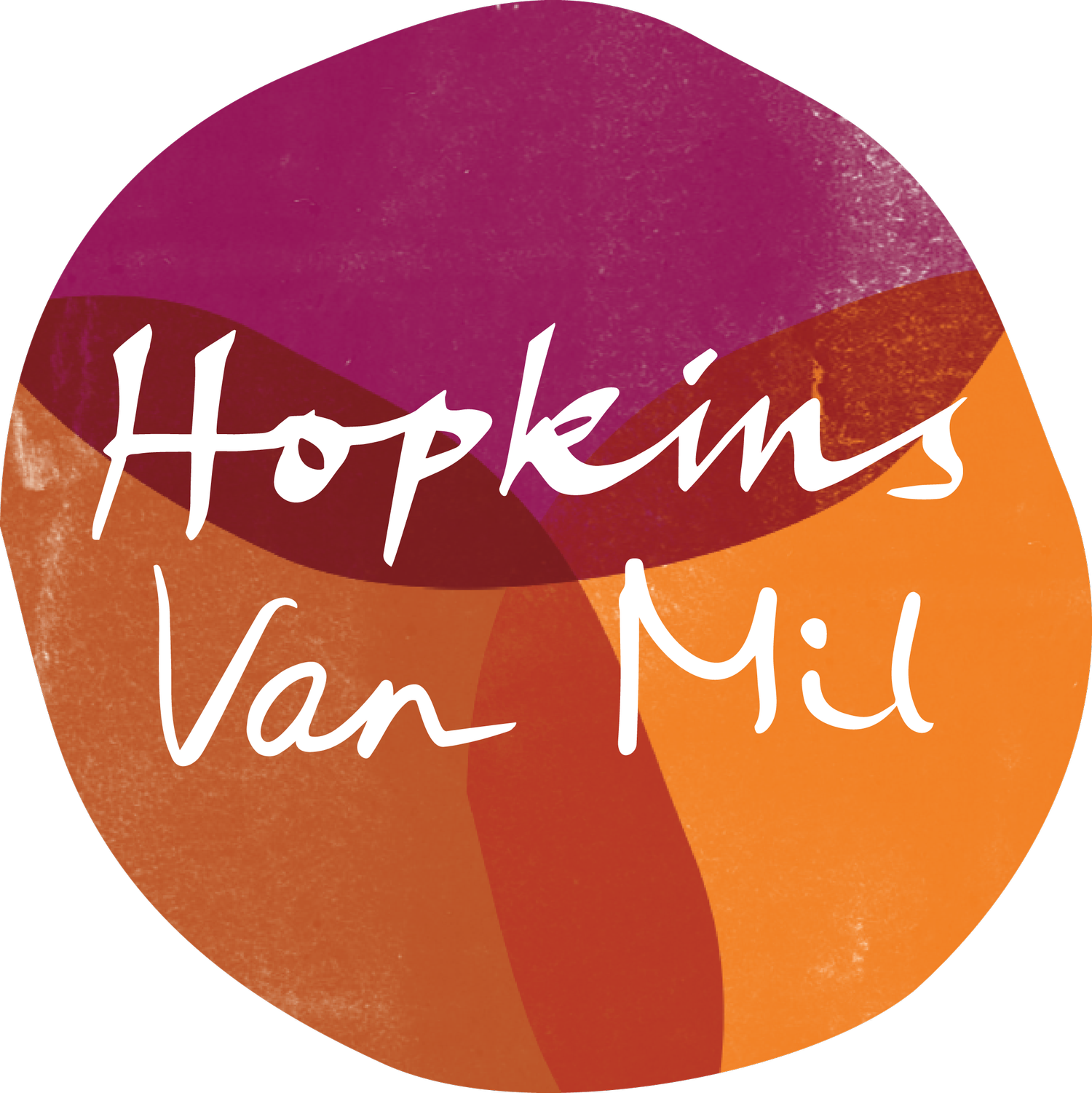Genome editing: where to draw the line?
Today is the final day of the Second International Summit on Human Genome Editing held in Hong Kong. The three-day summit, co-hosted by the Academy of Sciences of Hong Kong, the US National Academy of Sciences, the US National Academy of Medicine and the Royal Society in London, has hit the headlines having been used for an unexpected announcement. He Jiankui, a Chinese Scientist, presented his self-funded and unauthorised work using genome editing in embryos to prevent twin girls from contracting the HIV virus.
So why is HVM adding this to its news pages? Well in the autumn, in preparation for this Summit, the Royal Society asked HVM to re-engage with some of the participants from the public dialogue it conducted in 2017. We asked them, in a series of interviews and a group discussion, where they thought society should draw the line in genome editing in humans. What they said is summarised below. The full report points to participants’ views that a continued dialogue on this is essential to ensure that society manages the potential for human genome editing in a way that it finds acceptable, rather being over-taken by a series of unexpected events.

